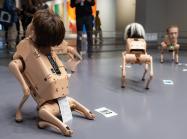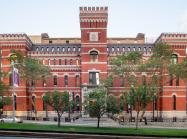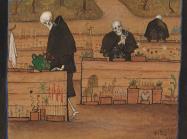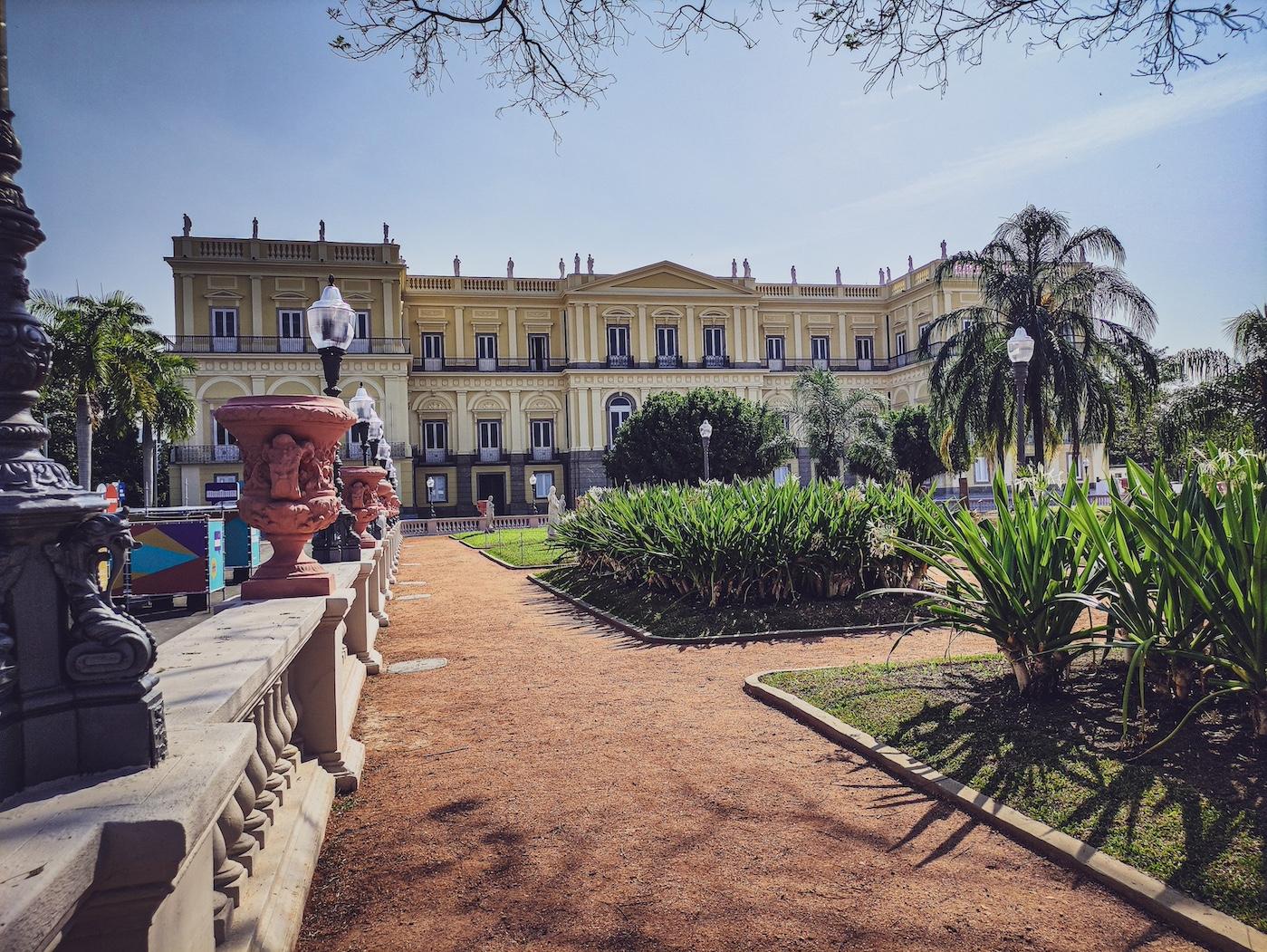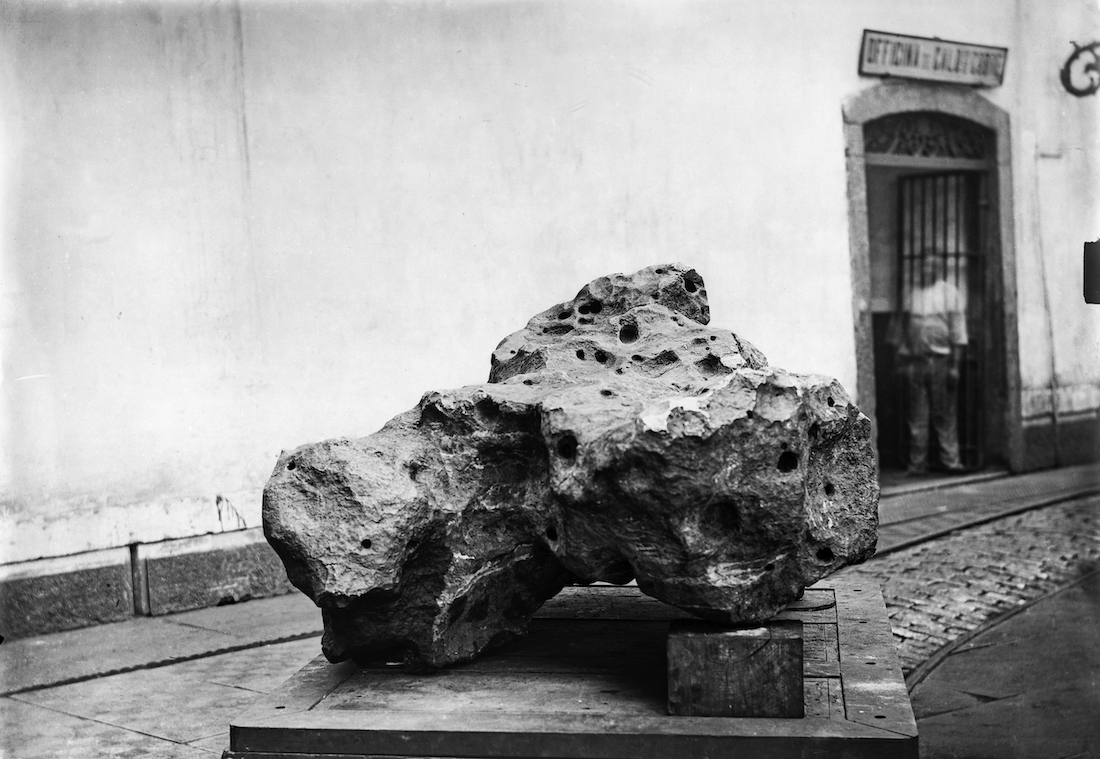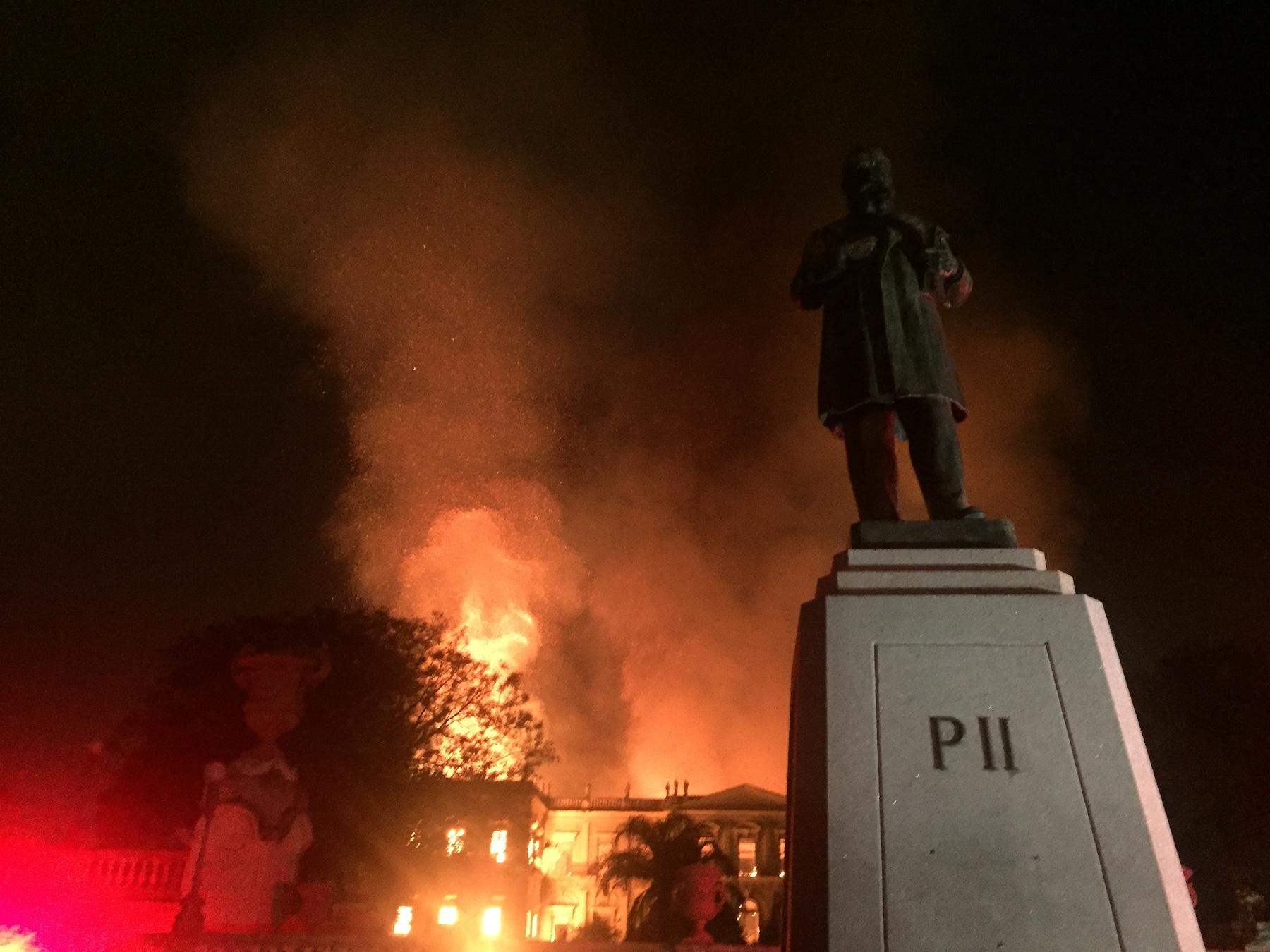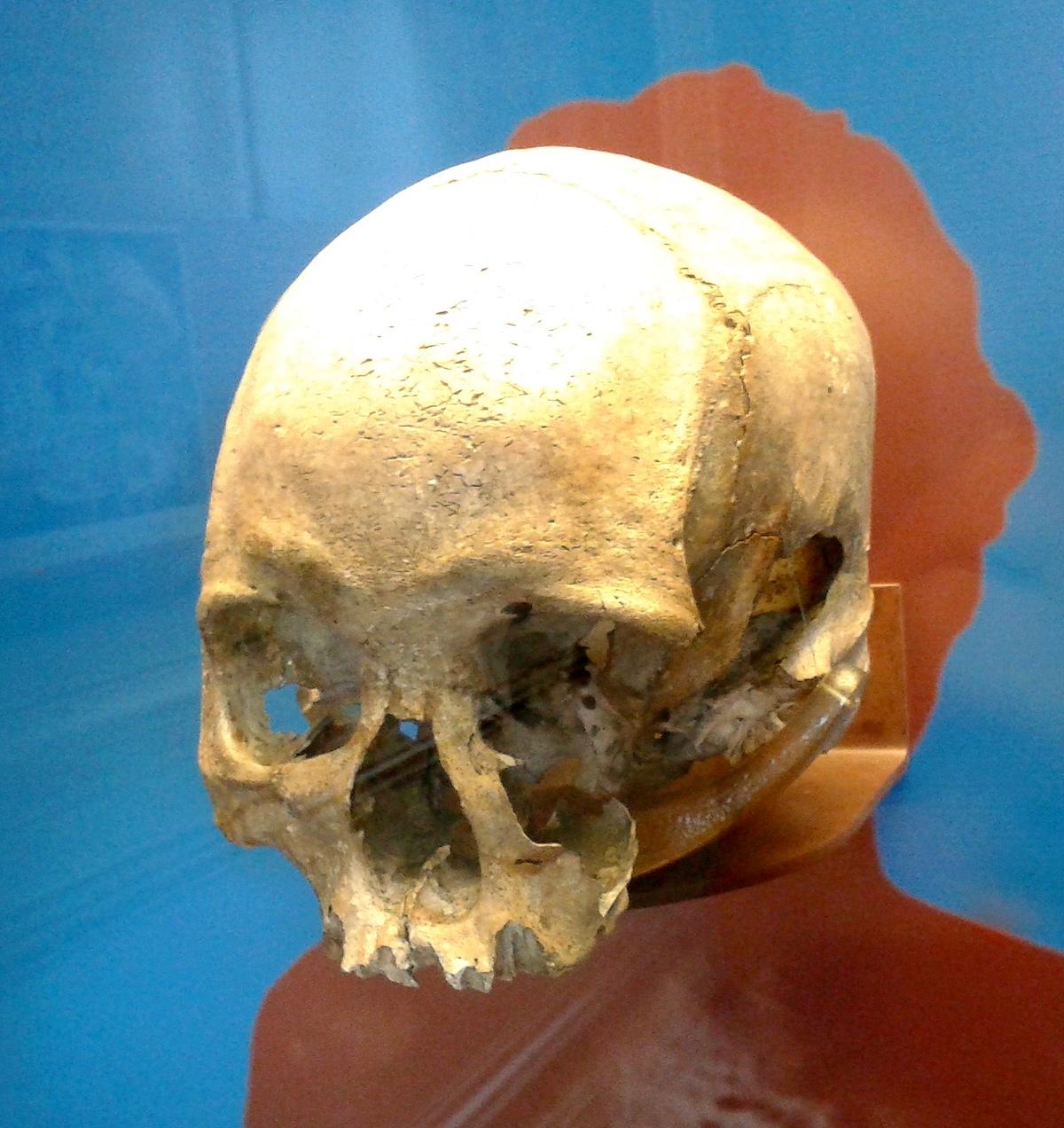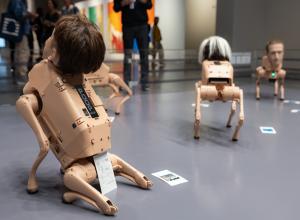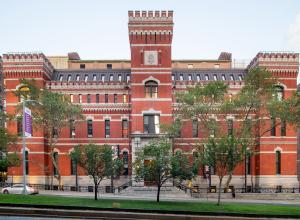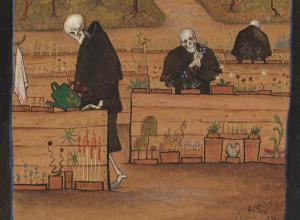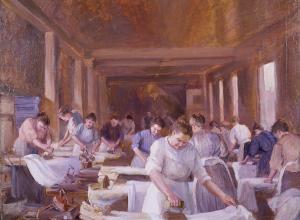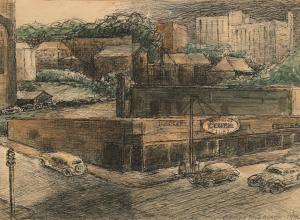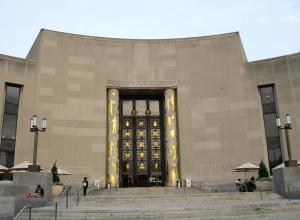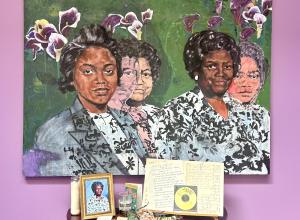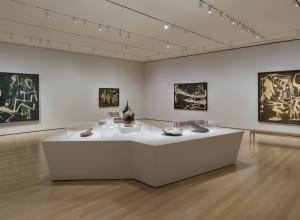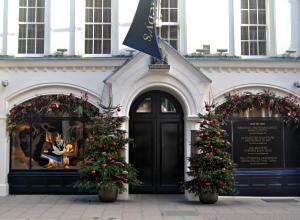However, to give its supporters a glimpse at conservators’ continuous efforts to rebuild, the institution is partially reopening. Beginning tomorrow, June 5th, and running through the end of this month, museum guests will get the chance to learn more about the restoration process through guided tours of three refurbished rooms.
The history of the building alone is rich. Between 1808 and 1821, the main structure was home to the Portuguese royal family and later housed the Republican Constituent Assembly once the monarchy was removed. Though it was founded and named the "Royal Museum” in 1818, the building’s role shifted to that of an official museum in 1892.
Now, for the reopening, visitors can expect to see relics old and new. In the center of the first room, amongst walls covered with previously-hidden paintings, lies one of the few artifacts that survived the fire– the Bendegó meteorite, which was found in 1784 in Bahia. Following this, guests will be greeted by a 15m-long sperm whale skeleton– found in 2014 in Ceará– suspended in the staircase courtyard.

